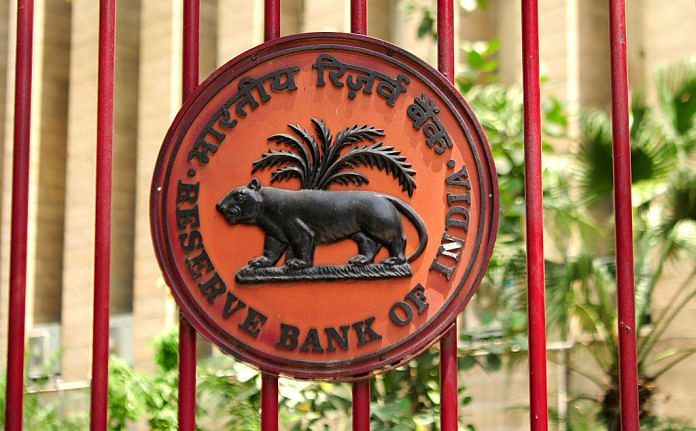This marks the latest attempt by RBI to clean up banks that are suffering from the world’s worst bad-loan ratios, ahead only of Italy.
A deadline set by India’s central bank to restructure an estimated 3.6 trillion rupees ($52 billion) of stressed loans may push dozens more companies into bankruptcy.
The Reserve Bank of India in February introduced new rules and a 180-day timeline for banks to recast loans once payments are missed, scrapping previous methods that could take an indefinite amount of time. Companies that were delinquent when the norms came into force will run out of time Monday, after which lenders must start moving court to admit the cases under India’s Insolvency and Bankruptcy Code.
This marks the latest attempt by the RBI to clean up banks that are suffering from the world’s worst bad-loan ratios after Italy, and have more than $210 billion of stressed debt on their balance sheets. The central bank has already asked lenders to take about 40 large defaulters to bankruptcy court as overdue borrowings hamper fresh investment. In May, the nation’s first big success under the new insolvency law handed about $5 billion to lenders after Tata Steel Ltd. bought insolvent Bhushan Steel Ltd.
“There’s no doubt this circular will clean up the banking system,” said Prabal Banerjee, group finance director for conglomerate Bajaj Group. There could be “serious consequences” for the economy if the bankruptcy process fails to throw up buyers and many companies are forced into liquidation, he said. “It’s more important for authorities to nurture and find the right owners for struggling companies.”
Debt Burden
India has one of the worst bad-loan ratios among the world’s 10 largest economies, with the central bank predicting an increase to 12.2 per cent by March 2019 from 11.6 per cent in the previous year. That’s just behind Italy, where 14.4 per cent of gross loans are non-performing, according to data compiled by the International Monetary Fund.
About 70 large companies with debt of approximately 3.6 trillion rupees risked being taken to bankruptcy court following the RBI’s February directive, Ashish Gupta and Kush Shah, Mumbai-based analysts at Credit Suisse Group AG wrote in a June report.
Defaulting companies have been working with lenders to restructure their loans ahead of the deadline, according to bankers familiar with the discussions, who asked not to be identified as the matter is private. Some deals in the power sector are expected over the next few weeks, the people said.
Power Sector
Loans worth as much as 700 billion rupees in India’s power sector are in the process of being resolved, helping lenders avoid dragging seven accounts to bankruptcy court, State Bank of India Ltd. Managing Director Arijit Basu said in an interview Monday. The lender had identified 34 stressed accounts with dues of about 1.8 trillion rupees in the power sector.
Of these, 14 have been referred to insolvency court and for eight “the difficulties have been resolved,” he said. Twelve more have the potential to be recast, with talks at an advanced stage in seven of these cases, where State Bank has an exposure of 170 billion rupees, he said.
Credit Suisse had estimated in June that about 40 power projects were among companies at risk.
Given the widespread stress, power producers have approached the Allahabad High Court to prevent lenders from initiating insolvency proceedings against them.
The new debt-servicing rules are too stringent for a sector that’s battling cash flow issues because of delayed payments by state distribution utilities and late regulatory clearances for cost related tariff hikes, the Association of Power Producers said in a letter to central bank Governor Urjit Patel in March. An order from the high court is expected soon after both sides concluded their arguments.
The Supreme Court has agreed to examine an RBI plea to transfer the case from the high court to the top court on Tuesday. – Bloomberg






